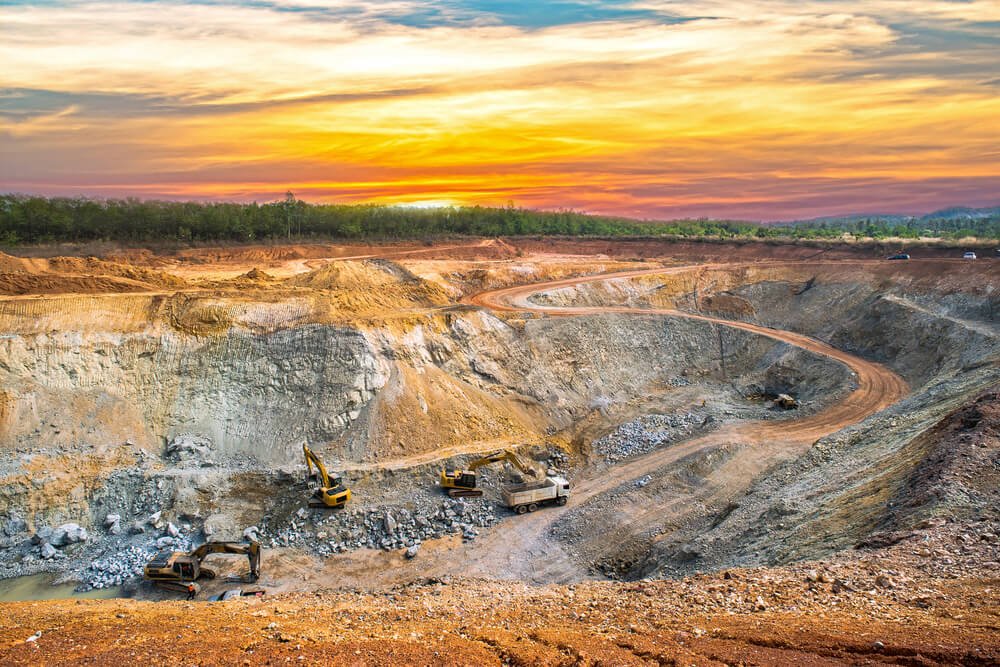Troilus Gold has released the results of a Feasibility Study for its Troilus Project in northcentral Quebec, Canada. The study supports a long-life, large-scale, 50,000 tonnes per day (tpd) open-pit mining operation, marking a significant development in the Quebec and Canadian mining landscapes.
The Feasibility Study outlines an open pit mine with a 22-year life, with the potential for future underground development. The project is expected to produce an average of 244,600 ounces of gold, 17.3 million pounds of copper, and 446,700 ounces of silver annually over its life. Peak production in year 7 is projected to reach 456,100 ounces of gold, 31.8 million pounds of copper, and 613,600 ounces of silver. The operation will process 50,000 tpd, a 43% increase from the 35,000 tpd rate considered in the 2020 Preliminary Economic Assessment.
The project’s initial Mineral Reserve estimate includes 380 million tonnes grading 0.59 g/t gold equivalent (AuEq), with contained metal amounts of 7.26 million ounces AuEq, comprising 6.02 million ounces of gold, 484 million pounds of copper, and 12.2 million ounces of silver. The life-of-mine (LOM) total payable production is estimated at 5.4 million ounces of gold, 382 million pounds of copper, and 9.9 million ounces of silver, with an average strip ratio of 3.1:1.
The Feasibility Study highlights low-cost production, with all-in sustaining cash operating costs (AISC) of $1,109 per ounce of gold and average operating costs of $19.06 per tonne of milled ore. The base case economic results show an after-tax net present value (NPV5%) of USD$884.5 million and an internal rate of return (IRR) of 14%, based on long-term metal prices of $1,975/oz gold, $4.05/lb copper, and $23/oz silver. Using April 2024 average metal prices, the after-tax NPV5% increases to USD$1.55 billion with an IRR of 19.5%.
The project has an initial development capital (CAPEX) requirement of $1,074 million, which includes all mine pre-production costs. The existing infrastructure, such as power lines, a 50MW substation, all-weather access roads, and a tailings facility, helps reduce the capital requirements and overall capital intensity.
Exploration activities are ongoing, with numerous targets from early-stage drill sites to grassroots geochemical anomalies being actively explored and advanced. These efforts represent significant future upside potential for the Troilus Project.






